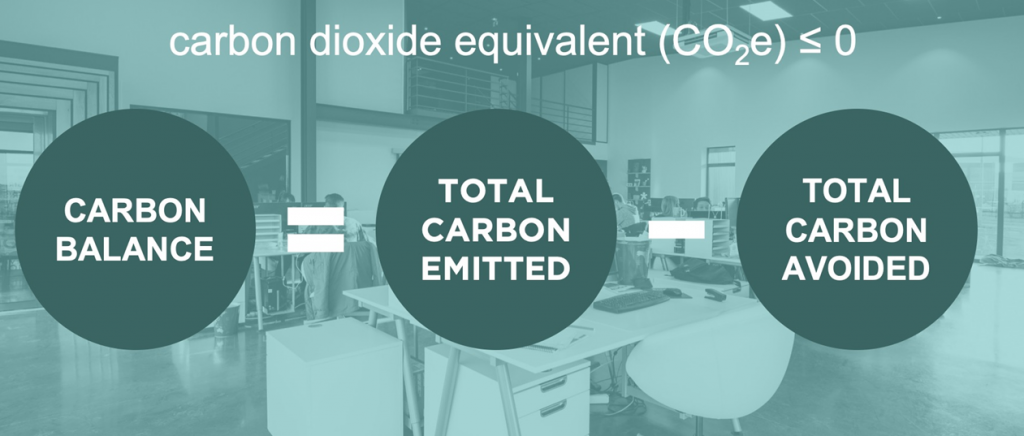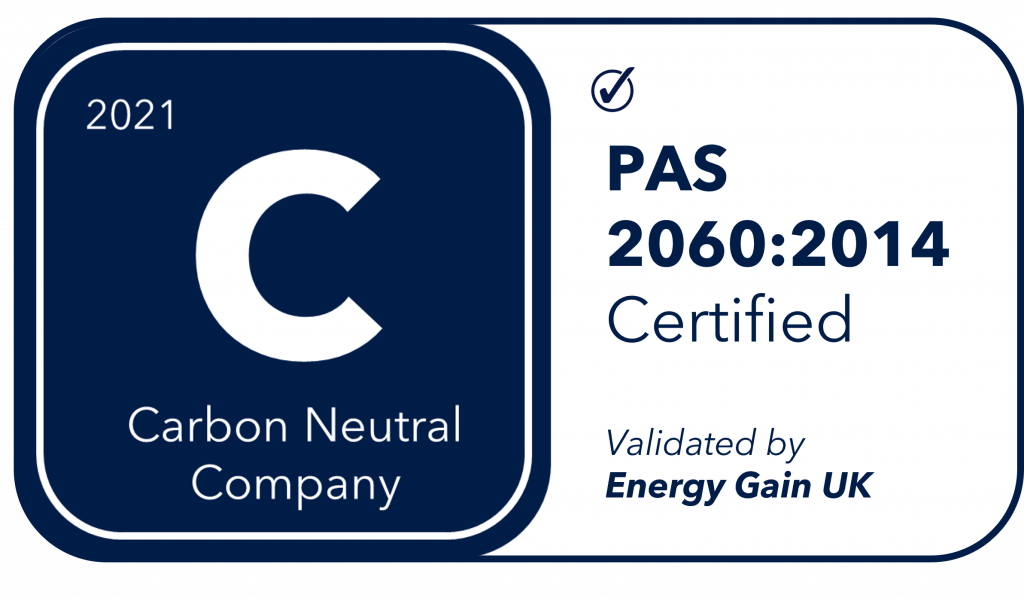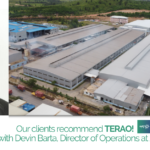Carbon neutrality is a concept that aims to reduce the impact of human activities on the environment by minimizing or offsetting greenhouse gas emissions. To achieve carbon neutrality, the amount of emissions produced by a source, such as a building, must be equal to or less than the amount of emissions removed or avoided by that source or another one.

Source: U.S. Green Building Council 2020
WHAT IS CARBON NEUTRAL BUILDING?
A carbon-neutral building has been designed, constructed, and operated in a way that ensures its net carbon dioxide (CO2) emissions are equal to zero over a specified time frame, typically on an annual basis. Carbon-neutral buildings are essential in combating climate change and contributing to reducing greenhouse gas emissions. Certifying these buildings is essential to ensure accountability and transparency in achieving sustainability goals.

WHAT STANDARD TO CERTIFY A CARBON-NEUTRAL BUILDING?
Certifying a building as carbon neutral involves a thorough assessment of its energy usage, emissions, and sustainability practices. There isn’t a single, universally recognized certification for carbon-neutral buildings, but several standards and frameworks can be used to guide the certification process. Each standard has its scope, criteria, methodology, and verification process. This main principle is at the base of certifications as LEED ZERO, PAS 2060:2014, or ISO-14001 are the most widely recognized standards for carbon neutral certification for buildings.
LEED ZERO

LEED Zero, the USGBC-developed certification, focuses on four key categories: energy, water, waste, and carbon. To achieve LEED Zero Carbon certification, your building must demonstrate net-zero carbon emissions by significantly reducing its operational carbon footprint and offsetting any remaining emissions (Operational carbon is the amount of greenhouse gas emissions associated with the energy used to operate a building. It includes emissions from heating, cooling, lighting, ventilation, and other systems that consume electricity or fuel. Operational carbon is different from embodied carbon, which is the amount of emissions related to the construction and maintenance of a building). The certification process involves rigorous documentation and verification by third-party assessors, ensuring transparency and credibility.
PAS 2060:2014

This certification is an internationally recognized standard for verifying carbon neutrality and setting guidelines for achieving it. Achieving this certification requires the calculation of the building’s GHG emissions across its entire life cycle (embodied + operational carbon footprint). It is also important to demonstrate a commitment to reducing these emissions through recognized and credible offset projects.
ISO standard

ISO standards provide an important framework for companies seeking carbon-neutral certification by establishing guidelines for emissions accounting and reporting. ISO standards usually consist of three parts: Part 1 addresses emissions quantification and reporting; Part 2 covers emission reductions; and Part 3 focuses on emission reductions and removal verification. It’s important to note that ISO is not a certification body, certification is performed by third-party auditors, or self-certified (with ISO14001).
THE BEST STANDARD TO APPLY FOR YOUR BUILDING
The usual certification process of these standards is similar and can be described with 5 steps:
- Preparation and data collection
- Carbon footprint calculation
- Carbon Reduction Strategies
- Offsetting Residual Emissions
- Certification award
The three standards for carbon-neutral certification have some similarities and differences in terms of their scope, methodology, and verification.
| Standard | Scope | Emissions concerned | Methodology |
| LEED Zero | Energy consumption and occupant transportation | Operational carbon | Based on the LEED rating system |
| PAS 2060:2014 | Entities, products, services, or activities | Operational and Embodied carbon | Based on GHG Protocol |
| ISO | Organization, project, or product | Operational and Embodied carbon | Based on ISO standards |
Depending on the goals and preferences of the building owner or manager, any of the three standards can be suitable for certifying a carbon-neutral building. However, some factors to consider when choosing a standard are:
- The level of rigor and credibility of the standard and its verification process.
- The compatibility and alignment of the standard with the existing or planned sustainability initiatives and certifications of the building.
- The cost and availability of the standard and its verification services in the local market.
To make your building carbon-neutral, several technical solutions exist that can be implemented with varying degrees of difficulty, for example:
– Choosing low-carbon construction material
– Implementing a circular economy approach within the building life cycle
– Reducing the building energy consumption through passive design and active design optimization
– Promoting good practice among building users and facility management teams
Conclusion
The imperative of environmental responsibility and sustainability has brought carbon-neutral buildings to the forefront as an indispensable part of combating climate change. As conscious investors and eco-minded individuals, embracing carbon-neutral buildings presents a significant opportunity to align our values with actions that have a positive impact on the environment. We encourage you to delve deeper into this subject, explore the various certification options, and engage with experts to implement sustainable building practices.
TERAO as a Building Sustainability Engineering Consultancy can provide you with support in calculating and reducing the carbon emissions of your buildings and obtaining the certifications mentioned in the article.
We hope you find this expertise article insightful and valuable. If you have any questions or would like to learn more, please don’t hesitate to contact our Business Development Director Gaspard at glemoinescelles@teraoasia.com. We are committed to helping our clients achieve their sustainability goals and would be pleased to accompany you on this journey toward a more sustainable future.
Written by Ugoline LAUTEL


![[Expertise] How to conduct an energy audit to identify areas of energy waste in business](https://teraoasia.com/wp-content/uploads/2024/06/Expertise-1-150x150.jpg)

Leave A Comment